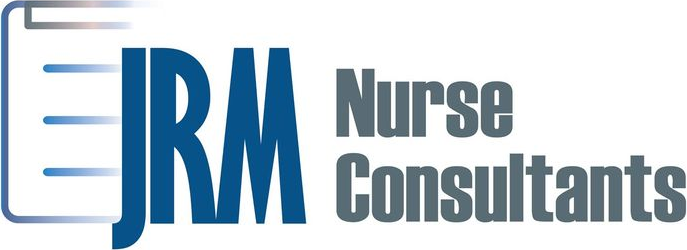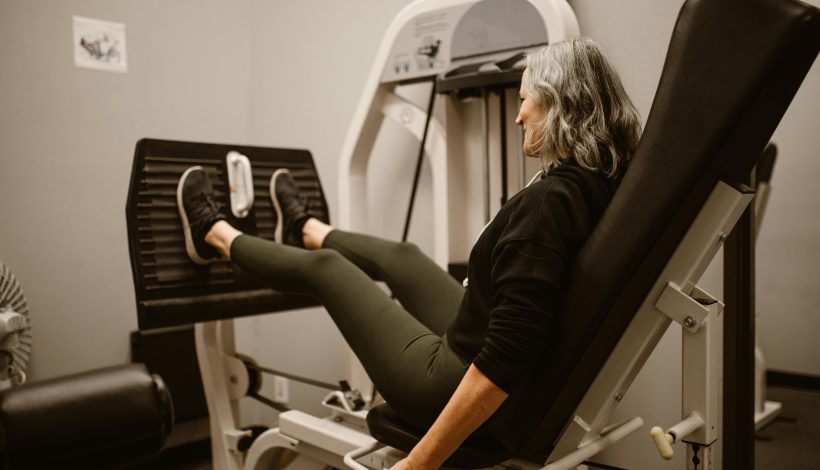As we age, our bodies naturally lose muscle mass and strength, a process known as sarcopenia. This decline can affect balance, mobility, and overall health, increasing the risk of falls and impacting daily activities. For patients and healthcare professionals alike, understanding the causes and strategies to combat muscle loss is essential for maintaining independence and quality of life. Muscle loss often starts as early as age 30, and while it can’t be completely reversed, there are things we can do to slow it down, maintain strength, and stay active.
Several factors contribute to muscle loss. Aging itself reduces muscle mass, but lifestyle habits like low physical activity or not getting enough protein can make it worse. Hormonal changes, such as lower testosterone or growth hormone, also play a role. Chronic inflammation or conditions like diabetes, cancer, or kidney disease can further impact muscle health. Even the nerves that signal our muscles can decline over time, making strength and coordination harder to maintain.
Nutrition plays a pivotal role in preserving muscle health. Adequate protein intake, combined with essential vitamins and minerals such as vitamin D, calcium, and magnesium, supports muscle maintenance and repair. Foods like lean meats, fish, dairy, legumes, and eggs can help provide the building blocks your muscles need to stay strong. Ensuring balanced nutrition alongside sufficient hydration further supports overall physical resilience.
Physical activity is equally crucial. Resistance and strength training exercises stimulate muscle growth and improve functional fitness. Simple, consistent activities — like bodyweight exercises, resistance bands, or light weightlifting — can make a significant difference over time. For older adults or those recovering from injury, guided exercise programs ensure safety while optimizing results.
Lifestyle factors, including adequate sleep and stress management, also impact muscle preservation. Chronic stress and poor sleep can increase inflammation and interfere with muscle repair. Mindful practices, relaxation techniques, and prioritizing rest help create an environment where muscles can recover and thrive.
Patient Perspective:
Maintaining muscle as you age is not just about aesthetics; it directly affects independence and confidence. Incorporating small, sustainable changes in activity, nutrition, and daily habits can slow muscle loss and improve energy, balance, and overall quality of life. Tracking progress and celebrating improvements reinforces motivation and a sense of control.
Nursing Perspective:
Nurses play a vital role in educating patients about the importance of muscle health. By guiding safe exercise routines, providing nutrition counseling, and monitoring functional status, nurses help patients maintain strength and mobility while preventing injury. Empowering patients with practical strategies encourages adherence and long-term success.
💡 Tip to Try This Week:
Choose one activity that challenges your muscles safely, such as a 10-minute resistance band routine, bodyweight squats, or a short walk with light hand weights. Pair it with a protein-rich snack afterward to support muscle repair. Consistency, even in small doses, is key to preserving strength and functional independence as you age.Written by Rosie Moore, DNP, RN, LNC, BC-FMP

